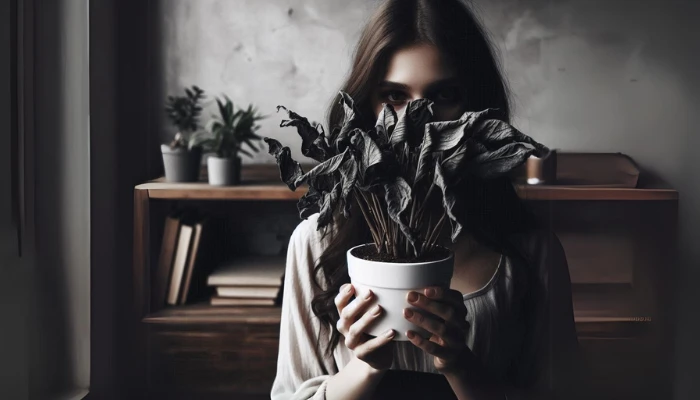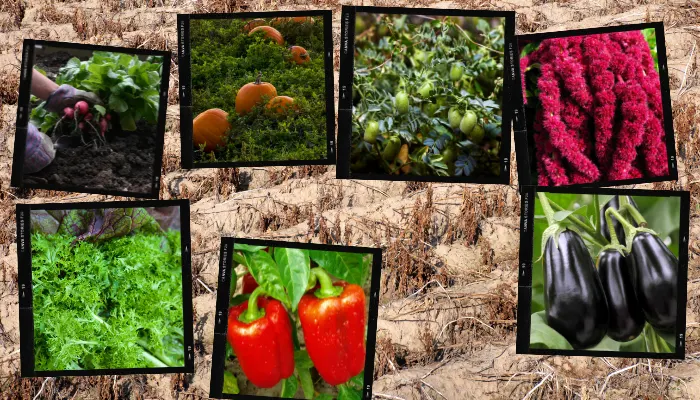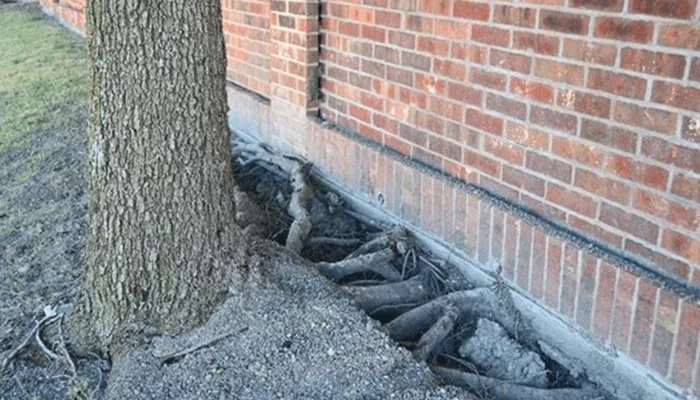Do you enjoy watching and feeding birds in your backyard?
Who doesn’t, right!
Consider growing a flower garden to attract even more bird species.
Don’t worry about the size of your yard, a garden designed to attract feathered friends can easily be grown in containers.
Follow these 7 steps, and you will be enjoying more birds in your yard in no time.
1: How much space will you dedicate to your bird attractant garden?
Take a look at your yard and figure out how much space you want to dedicate to your bird garden. You can choose to have one large garden, or you can place a couple of smaller gardens in different locations.
The location(s) that you select should receive at least six hours of full sun daily. Make a sketch and measure your garden space. This will make the decision of what kinds and quantities of plants you’ll be introducing to the space.
2: Pick out your favorite plants that are known to attract wild birds.
Once you know how much space you have in your garden, you’ll need to choose the types of plants you want to grow.
I’ve included a handy list of plants that are known to attract birds below.
Be sure to make a note next to the space requirement for each plant you’re considering. You’ll need this information when you go to the nursery.
Keep in mind that you’ll want a variety of different plants to ensure your garden attracts as many species as possible.
You can also start your garden plants from seed, but you will need to start these indoors at least 6-8 weeks before the spring planting season in your region.
3: Time to get some prep done and out of the way.
You will need to prepare your garden space for planting by removing any grass, roots and large rocks.
Next you’ll want to prepare the soil by digging into the soil about six inches deep and loosen the soil by breaking up any clumps.
4: My favorite step because you get to go to your local nursery.
Now it’s time to go to the nursery for your supplies and plants.
You will need a slow release fertilizer, compost and enough mulch to cover your garden soil after planting.
I highly recommend including a bird bath in your new garden.
When choosing your plants, be sure that each variety has a care instruction tag with it.
This is also the time to look at the space requirements for each plant, so you know how many of each plant will fit into your available space.
Always be sure to leave enough space for you to have access to your plants for maintenance.
5: Let's get dirty!
It’s now time to take your supplies and plants out to your garden space.
You’ll start by applying a layer of compost and slow release fertilizer (follow directions for the amount to use for your space). Mix them thoroughly into the soil.
If you purchased a bird bath, place it in the location you want it in your garden (be sure that you can access it easily for filling and cleaning).
Now it is time to design the layout for your garden. A good rule of thumb when planting is to make sure that you place the tallest growing plants in the back and the lowest growing ones in front. This is to be sure that one plant doesn’t shade out another.
And don’t forget to leave enough room available for you to maintain your garden, comfortably.
6: Use the holy gardening trinity; soil, mulch and water.
Place each plant in the layout you have chosen, and water the plants well (don’t over-water). This will get any air pockets out of the soil.
Apply mulch around each plant to cover any exposed soil. This will help retain moisture in the soil and help prevent weeds. Mist the mulch with water but don’t water fully since you have already watered the plants.
More To Discover
- Garlic, Why Every Home Gardener Should Be Growing and Eating It
- Flowers Ditch Insects for Self-Pollination: Why It’s Not as Great as You’d Think
- Unlock the Secrets of Herbal Tea: Grow Your Own Tea and Savor Every Sip For Less
- Brew Better Tasting Beer by Growing Your Own Distinct Hops In Containers and Beat Big Brands as Your Own Supply Chain
7: Water is life to everything.
You’ll need to water your garden frequently. Plants that don’t get enough to drink will produce fewer and smaller flowers.
Follow the care instruction tags for frequency of fertilizing.
Usually it’s recommended to deadhead your flower garden, but since you are growing it to feed birds, you will want to leave the dead flowers on the plant.
When the dead flowers are kept on the plant they will turn into the seed heads which is the food source for the birds.
Don’t use any pesticides or weed killers in your garden.
These products are harmful to birds and other wildlife that visit your garden.
Be sure to fill your bird bath with fresh water daily and clean the bird bath frequently. Keeping the bird bath water fresh and clean is important for the health of the birds.
Now that your garden is planted and maintained, you’ll soon enjoy regular feathered visitors.
Flowers that attract a wide assortment of wild birds:
-
- Sunflowers (especially black oilers)
- Purple Coneflowers
- Cardinal Flower (lobelia)
- Bee Balm
- Corepsis
- Salvia
- Marigold
- Black Eyed Susan
- Daisies
- Aster
- Columbine
- Cornflower
- Golden Rod
- Safflowers
Flowers and the birds they attract:
- Aster - Chickadees, Gold Finches, Indigo Buntings, Nuthatches and Sparrows
- Bee Balm - Sparrows, Finches, Juncos and Redpolls
- Black Eyed Susan - Chickadees, Cardinals, Nuthatches and Sparrows
- Cardinal Flowers (Lobelia) - Hummingbirds
- Columbine - Hummingbirds, Indigo Buntings, Gold Finches and Finches
- Corepsis - Hummingbirds, Sparrows, Chickadees and Finches
- Cornflower - Gold Finches, Waxwings, Bluebirds and Towhees
- Daisies - Cardinals, Towhees, Finches and Sparrows
- Golden Rod - Gold Finches, Chickadees, Wrens, Juncos, Indigo Buntings and Titmouse
- Marigold - Sparrows, Blackbirds, Bluebirds, Robins and Thrushes
- Purple Cone Flowers - Blue Jays, Cardinals and Gold Finches
- Safflowers - Cardinals, Jays, Chickadees, Nuthatches, Grosbeaks, Doves, Finches and Sparrows
- Salvia - Gold Finches, House Finches, Sparrows and Mourning Doves
- Sunflowers - Blue Jays, Grosbeaks, Gold Finches, Juncos, Buntings, Chickadees, Cardinals, Blackbirds, Bluebirds and Gold Finches and other Finches

















